Do you know the difference between a llama and an alpaca? Or does one fuzzy face pretty much look like another? They are closely related, but very different animals.
Llamas and alpacas both played prominent roles in ancient Andean cultures, from early foraging societies to the Inca Empire. They appear in origin myths and were used in religious rituals, including as sacrificial animals. Some were mummified and placed in the tombs of deceased nobility. They provided meat, fiber, tallow, and bones that were all made into useable products. Their dung was used as fertilizer and burned for fuel. Both were domesticated from their camel family ancestors in the Andes Mountains – but for very different purposes.

These are the major ways to differentiate between llamas and alpacas:
Ear shape – llamas have large, banana-shaped ears — alpacas have small and pointed ears.
Face shape – llamas have long faces – alpacas have blunted and somewhat squashed-in faces.
Size – llamas are larger than alpacas — about 300 pounds vs 150 pounds, respectively.
Coats – llamas have coarse outer and fine inner coats – alpacas have a single fine coat.
Personality – llamas are independent creatures; alpacas are more timid herd animals.
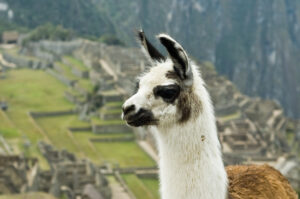
So based only on their faces, you can probably tell that the llama is the one with the background of Machu Picchu — and the other two photos (including the “feature” photo) are alpacas.
Alpacas were probably the first of the camelids to be domesticated, possibly as early as about 6,000 years ago. They were bred primarily for their luxurious coats. Rigorous breeding selection was used to provide specific color and fiber characteristics in the soft and lustrous alpaca fleeces. Alpaca fiber is at the foundation of a fabulous textile tradition in the Andes.
Llamas were selectively bred by about 4,000 to 5,000 years ago. Llamas are larger than alpacas and serve as sturdy pack animals capable of carrying loads of up to around 80 pounds. Their thick fur is much coarser than that of alpacas. The coarse outer guard hairs were used primarily for ropes and rugs; the fine undercoat hair can be used for garments.
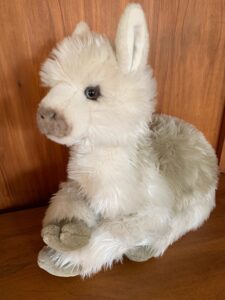
A lifelong stuffed-animal-enthusiast (maybe you are too, but don’t particularly want to admit it?), I’ve always been drawn to llamas. Upon recent close inspection of my favorite furry friend, mug shot above, I’m now wondering if she might be an alpaca and not a llama (long ears, but smooshed-in face)? Or maybe a mix between the two? (It happens.) At least, my friend has the two toes that are characteristic of the camel family. More alpaca analysis and llama lore later in another post!
Brown alpaca– Photo by Andreas Schantl on Unsplash
Llama at Machu Picchu — By Alexandre Buisse (Nattfodd) – Own work (http://www.alexandrebuisse.org), CC BY-SA 3.0, https://commons.wikimedia.org/w/index.php?curid=2841095
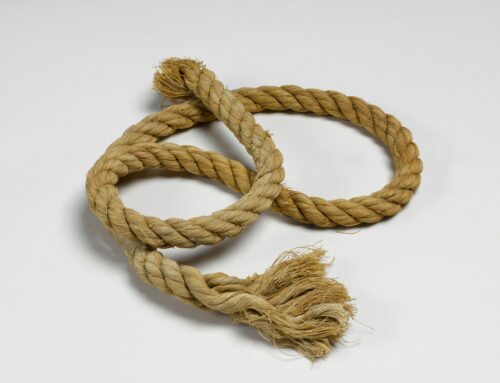
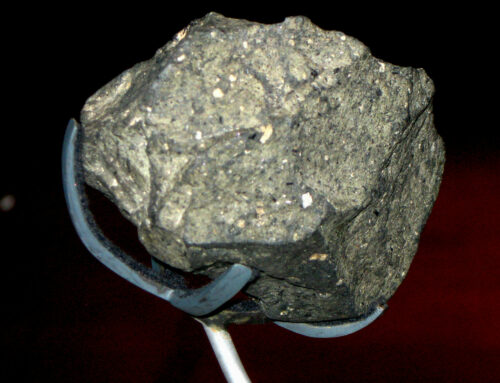


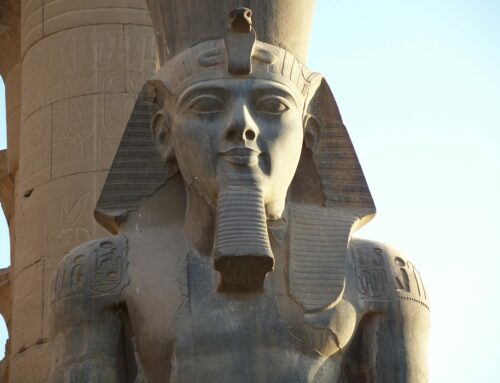
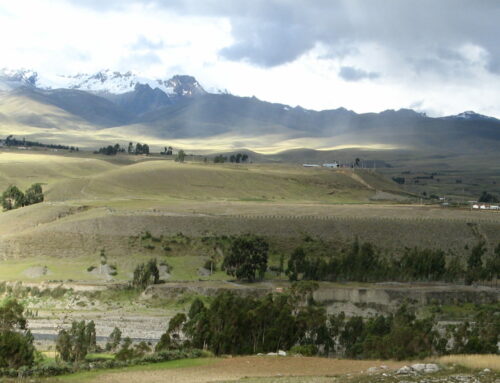
I have to say that I favor alpacas, but will bet that your *pet* was intended to be a llama. Both are cute. A small ranch in Mendocino County (101 between Ukiah and Hopland) has a small herd of llamas (don’t know why) and I always love driving past them.
Llamas and alpacas are very appealing animals — maybe because of their inquisitiveness? Years ago when I attended a Marin County Fair, I saw a few gorgeous llamas — they looked like their coats had just had blowouts with a hair dryer! Spectacular!